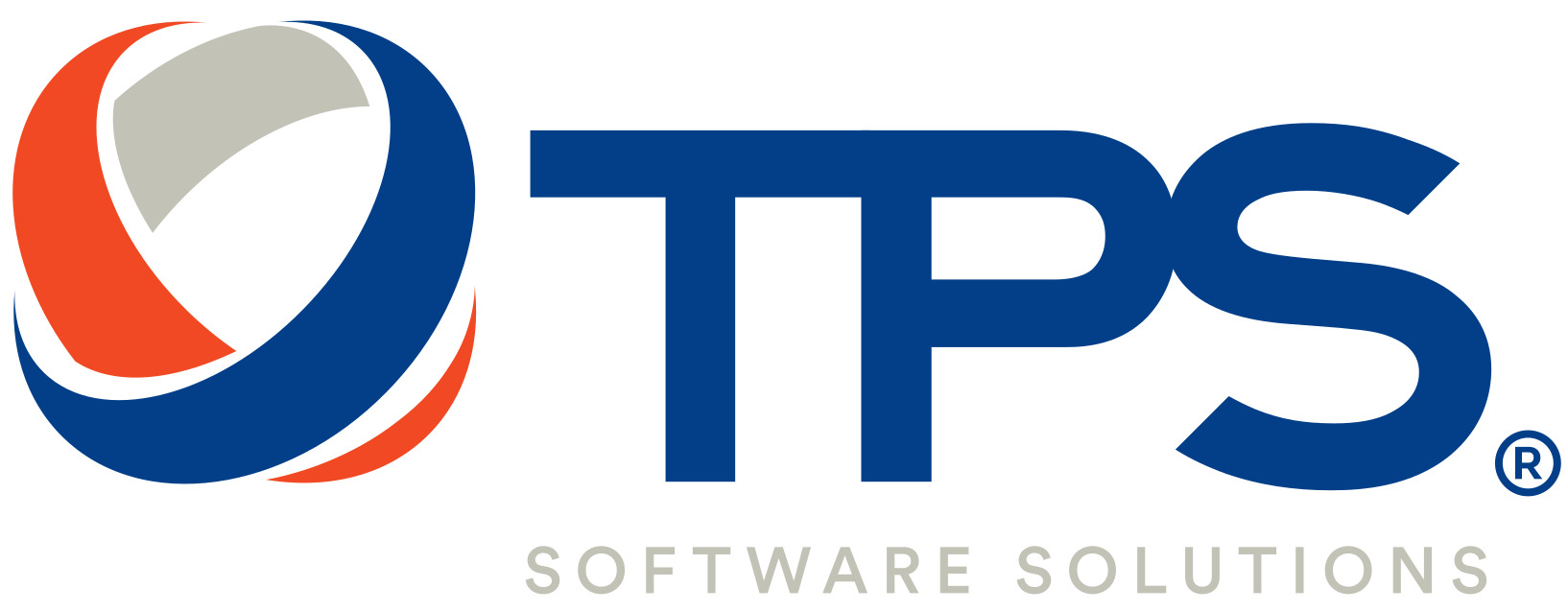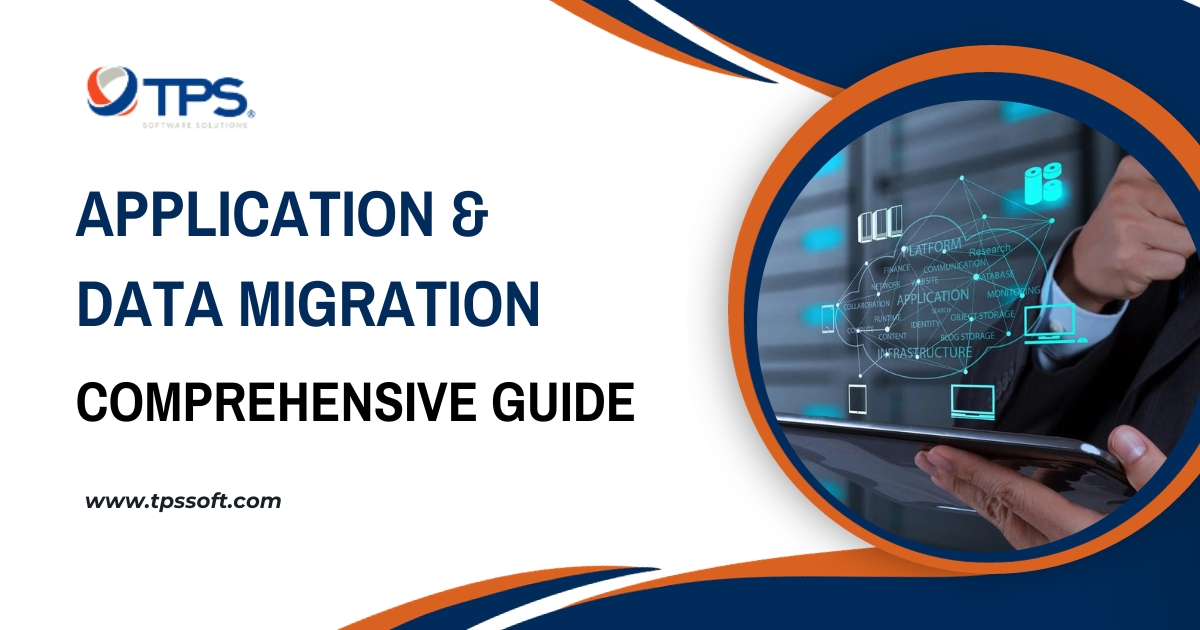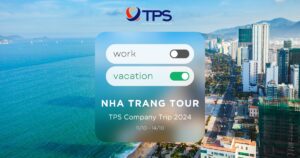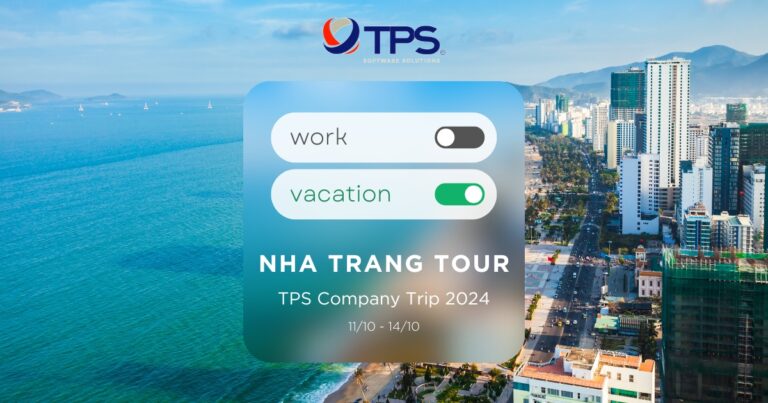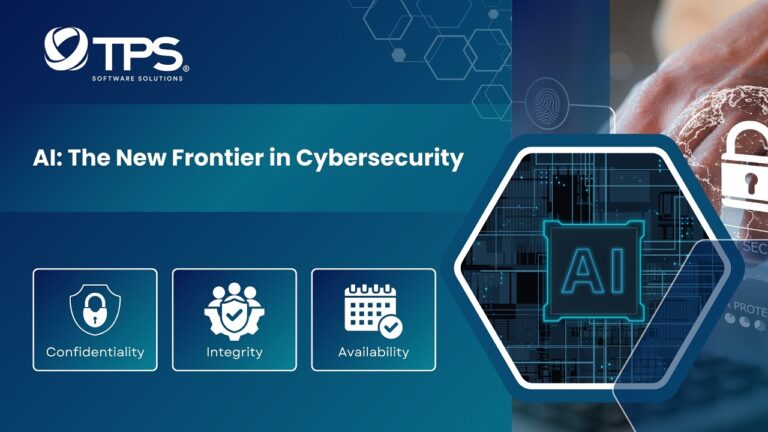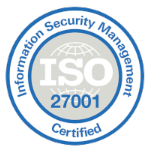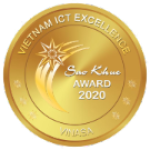Introduction
In the dynamic realm of technology, application and data migration serve as pivotal processes for businesses striving to stay competitive, streamline operations, and adapt to evolving requirements. Whether you’re looking to upgrade your existing systems, transition to a new platform, or harness the power of cloud computing, a well-executed migration can offer a multitude of benefits. In this comprehensive guide, we’ll explore the intricacies of application and data migration, encompassing everything from strategic planning to meticulous execution, and even delving into the often-overlooked aspect of post-migration optimization.

Planning and Strategy
The journey of migration begins with a meticulous planning phase. It is here that a comprehensive assessment of your current systems, applications, and data is undertaken. The objective is to create a detailed inventory that captures configurations, dependencies, and performance metrics.
Clear objectives must be defined; whether the goal is to enhance system performance, fortify security measures, or cut down operational costs, these objectives will be your guiding compass throughout the entire migration process.
Creating a well-structured migration plan is imperative, encompassing the scope, timeline, and resource requirements. Additionally, involving all relevant stakeholders at this stage ensures that the migration plan aligns with broader organizational goals.
Data Migration
Data migration, a linchpin of the process, merits in-depth attention. This phase commences with data mapping and cleansing. In simpler terms, you must chart the course for data to travel from its current sources to its destination in a way that ensures compatibility and compliance with relevant data regulations. Moreover, data cleansing and transformation are essential steps to ensure the data is in a suitable state for its new home.
Before taking the leap into migration, always create backups of your data; this acts as a safety net, guarding against potential data loss during the process. To facilitate the actual data transfer, you’ll need to choose the right data migration tools or platforms, a selection guided by your unique needs, whether it’s Extract, Transform, Load (ETL) tools or cloud-based data migration services. As a final safety net, data validation procedures must be put in place to confirm data accuracy and integrity post-migration, employing a combination of automated and manual checks as needed.

Application Migration
Choosing the right migration approach is central to a successful transition. Three primary strategies include rehosting, re-platforming, and refactoring. The choice hinges on various factors, such as the compatibility of the new environment and the extent to which you wish to change your existing system. Rigorous testing is critical, serving as the bridge between planning and execution.
This phase acts as the “dress rehearsal,” where potential issues are identified and rectified before they have the chance to impact the production environment. The migration rollout strategy should be thoughtfully constructed, considering the level of risk tolerance and system complexity. Options range from gradual migration to pilot phases, or in some cases, a full cutover.

Post-Migration and Optimization
As the migration concludes, the work doesn’t end; in fact, it enters a new phase. Continuous monitoring of the new environment’s performance is crucial, aimed at identifying bottlenecks, errors, or issues that might emerge in a real-world scenario. Adaptations and adjustments must be made to ensure optimal operation and to meet the objectives set in the initial planning phase.
To ensure system integrity and the effective utilization of the newly migrated systems, it is imperative to provide training to your team and meticulously document the entire migration process for future reference. Finally, a commitment to continuous improvement is required. Regularly review the post-migration state to identify opportunities for refinement. In the ever-evolving landscape of technology, your systems must adapt, grow, and stay in sync with your organizational goals.
Conclusion
Application and data migration is a multifaceted process that, when executed with precision, offers a plethora of advantages for businesses. With meticulous planning, diligent execution, and post-migration management, organizations can minimize downtime, reduce risks, and unlock the full potential of their new systems. As technology continues its rapid evolution, mastering the art of migration is essential for businesses aiming to stay competitive, efficient, and agile.
